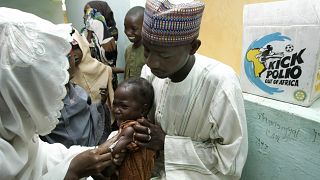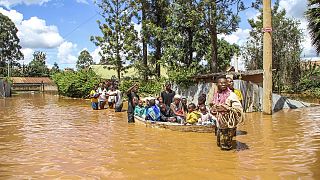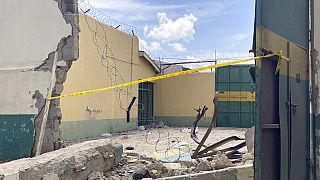Health
Nearly 70 years after the Zika virus was detected in Africa, experts fear it could soon make a return to the continent.
Their fear stems from a record 7,000 cases so far in Cape Verde, a volcanic Island 570 kilometres off the coast of Senegal.
100 pregnant women are among the infected. Many of them will deliver their babies this month.
Clinical Director of Cape Verde’s Central Hospital in Praia, Maria do Ceu says there is so far no evidence from scans of any microcephaly among the country’s infected expectant mothers.
That may be some consolation for the pregnant women but not so much for regional health authorities who are still worried about a possible spread of the virus to mainland Africa.
A Zika expert from the Liverpool School of Tropical Medicine, Nick Beeching believes it is highly probable Zika will soon be back on the African mainland, thanks to regular flight connections from the Atlantic islands which could potentially trigger a new chain of transmission.
Although it is unclear how the virus got to Cape Verde, Beeching thinks it could have been imported from Brazil, a country with which Cape Verde has historical links.
Regional health officials have told Reuters they are most worried about Zika being exported to Senegal or Guinea Bissau, which shares the same Portuguese heritage as Cape Verde.
Africa is believed to be a fertile ground for Zika as researchers have identified more than 20 different mosquito species here carrying the virus.
It is however not certain if they all transmit the disease effectively to humans.
The World Health Organisation on February 1 declared Zika a public health emergency following its suspected link with birth defects.
South and Central America are currently the regions worst affected by the Zika virus. The U.S state of Texas also recently recorded its first sexually transmitted case of Zika.
Zika was first identified by two Scots, virologist George Dick and entomologist Alexander Haddow, in a forest near Entebbe in Uganda in 1947.












01:13
WHO approves new cholera vaccine that could help fight surge in cases
01:30
UN reports widening global inequality in sexual and reproductive health and rights
01:10
Israeli troops leave Gaza Al-Shifa hospital laying in ruins
01:30
Gaza: visiting doctors 'stunned' about situation of wounded palestinian children
02:23
Muslims in Sierra Leone navigate heat during Ramadan
01:11
Malaria: Africa's most affected countries commit to end deaths